
The Dassault Mirage III is a family of single/dual-seat, single-engine, fighter aircraft developed and manufactured by French aircraft company Dassault Aviation. It was the first Western European combat aircraft to exceed Mach 2 in horizontal flight, a feat which was achieved on 24 October 1958.
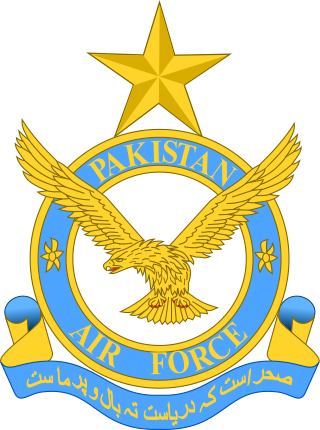
The Pakistan Air Force (PAF) is the aerial warfare branch of the Pakistan Armed Forces, tasked primarily with the aerial defence of Pakistan, with a secondary role of providing air support to the Pakistan Army and Pakistan Navy when required, and a tertiary role of providing strategic airlift capability to Pakistan. As of 2024, as per the International Institute for Strategic Studies, the PAF has more than 70,000 active-duty personnel. PAF stands as the eight largest Air Force in the world. PAF is the largest Air Force of the Muslim world in terms of aircraft fleet. Its primary mandate and mission is "to provide, in synergy with other inter-services, the most efficient, assured and cost effective aerial defence of Pakistan." Since its establishment in 1947, the PAF has been involved in various combat operations, providing aerial support to the operations and relief efforts of the Pakistani military. Under Article 243, the Constitution of Pakistan appoints the President of Pakistan as the civilian Commander-in-Chief of the Pakistan Armed Forces. The Chief of the Air Staff (CAS), by statute a four-star air officer, is appointed by the President with the consultation and confirmation needed from the Prime Minister of Pakistan.

The Indian Air Force (IAF) is the air arm of the Indian Armed Forces. Its primary mission is to secure Indian airspace and to conduct aerial warfare during armed conflicts. It was officially established on 8 October 1932 as an auxiliary air force of the British Empire which honoured India's aviation service during World War II with the prefix Royal. After India gained independence from United Kingdom in 1947, the name Royal Indian Air Force was kept and served in the name of the Dominion of India. With the transition to a republic in 1950, the prefix Royal was removed.
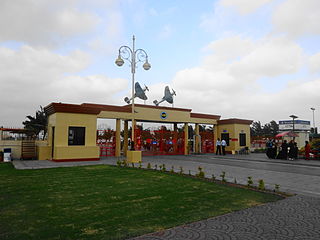
Pakistan Air Force Museum Faisal is an Air Force museum and park situated near Karsaz Flyover on Shahrah-e-Faisal in Karachi, Sindh, Pakistan.
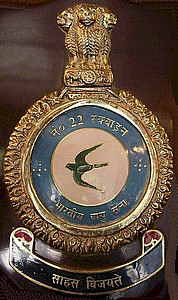
No. 22 Squadron (Swifts) was a CAS unit based out of Hasimara AFS. Along with No. 222 Squadron IAF Tiger Sharks, No. 22 Squadron forms a part of the 16 Wing of the IAF. The squadron operated MiG-27 till December 2017 and the squadron number-plated since then.
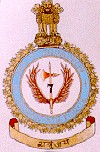
No. 7 Squadron, Indian Air Force operates as a Special Munitions Delivery and air superiority unit. Based at Gwalior AFB, No.7 Squadron forms a part of 40 Wing AF, Central Air Command.
East Pakistan Air Operations covers the activity of the Pakistan Air Force (PAF) and Pakistan Army Aviation units in former East Pakistan during the Bangladesh Liberation War. The operations involved the interdiction, air defense, ground support, and logistics missions flown by the Bangladesh Air Force, Indian Air Force, and the Indian Navy Aviation wing in support of the Mukti Bahini and later Indian Army in Bengal.
The Indian Air Force was established on 8 October 1932 independently of the army and navy and in a similar format to the British Royal Air Force. It had been a recommendation of the Skeen Committee, which had been tasked to look into demands for the Indianisation of the Indian army. Its first squadron was raised on 1 April 1933.

During the Indo-Pakistani war of 1965, the Indian and Pakistani Air Forces engaged in large-scale aerial combat for the first time. In the air war, which took place in September, both air forces conducted thousands of defensive and offensive sorties over Indian and Pakistani airspace. Both India and Pakistan claimed victory in the air war; Pakistan claimed to have destroyed 104 Indian aircraft and lost 19, and India claimed to have destroyed 73 Pakistani aircraft and lost 35 of its own. The air war ended in a stalemate.
The H-4 SOW is a precision-guided glide bomb manufactured by NESCOM and deployed by the Pakistan Air Force, capable of striking targets at stand-off range. It has a terminal guidance system based on an infrared homing seeker, which identifies the target during the final stage of flight. Designed to hit targets out to 120 km, the bomb may have the capability to evade radar.
No. 11 Squadron, named the Arrows, is a Pakistan Air Force (PAF) fighter squadron assigned to the No. 39 Multi-Role Wing of the PAF Southern Air Command. It operates the Block 15 MLU model of the F-16 Fighting Falcon with a multi-role tasking and is also an Operational Conversion Unit (OCU).

The history of the Pakistan Air Force (PAF) began when it was established in 1947 following the independence of Pakistan.
No. 24 Squadron, named the Blinders, is an electronic warfare unit of the Pakistan Air Force equipped with Dassault Falcon 20 aircraft.
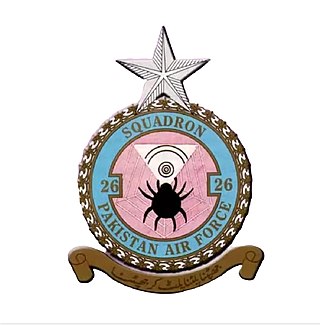
The No. 26 Squadron, nicknamed the Black Spiders, is a multi-role squadron of the Pakistan Air Force's Northern Air Command. It is currently based at Peshawar Airbase and operates the PAC JF-17 Thunder multirole fighter jets.
On 27 February 2019, the Pakistan Air Force (PAF) conducted six airstrikes at multiple locations in Indian-administered Jammu and Kashmir (J&K). The airstrikes were part of the PAF military operation codenamed Operation Swift Retort and were conducted in retaliation to the Indian Air Force (IAF) airstrike in Balakot just a day before on 26 February.
No. 8 Squadron, nicknamed the Haiders, is a tactical attack squadron from the No. 32 TA Wing of the Pakistan Air Force's Southern Air Command. It is currently deployed at Masroor Airbase and operates the JF-17A Multi-role fighter.

The No. 14 Squadron, nicknamed Tail Choppers, is an air superiority squadron of the Pakistan Air Force's Central Air Command. It is one of PAF's most decorated squadrons which earned its nickname after a daring strike mission on the Kalaikunda Air Force Station during the 1965 War. Currently, the Squadron is deployed at PAF Base Rafiqui and operates the PAC JF-17 Thunder multirole aircraft.
The No. 25 Squadron, nicknamed Eagles, is a tactical attack squadron from the No. 34 Wing of the Pakistan Air Force's Central Air Command. It is currently deployed at Rafiqui Airbase and operates ROSE upgraded Dassault Mirage-5EF aircraft.
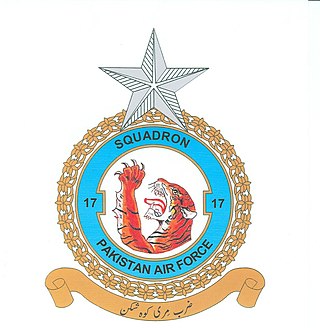
The No. 17 Squadron nicknamed Tigers, is an air superiority squadron of the Pakistan Air Force's Northern Air Command. It is currently deployed at Peshawar Air Base and operates the Chengdu F-7PG aircraft.
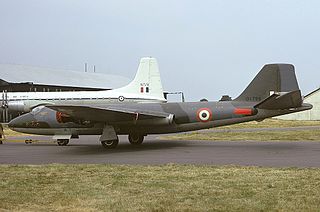
The Canberra shootdown incident occurred on 10 April 1959, when an English Electric Canberra B(I)58 of the Indian Air Force was shot down by an F-86F Sabre of the Pakistan Air Force over Rawat, near Rawalpindi while performing a aerial reconnaissance mission. This incident is regarded as the first aerial kill of the Pakistan Air Force.












